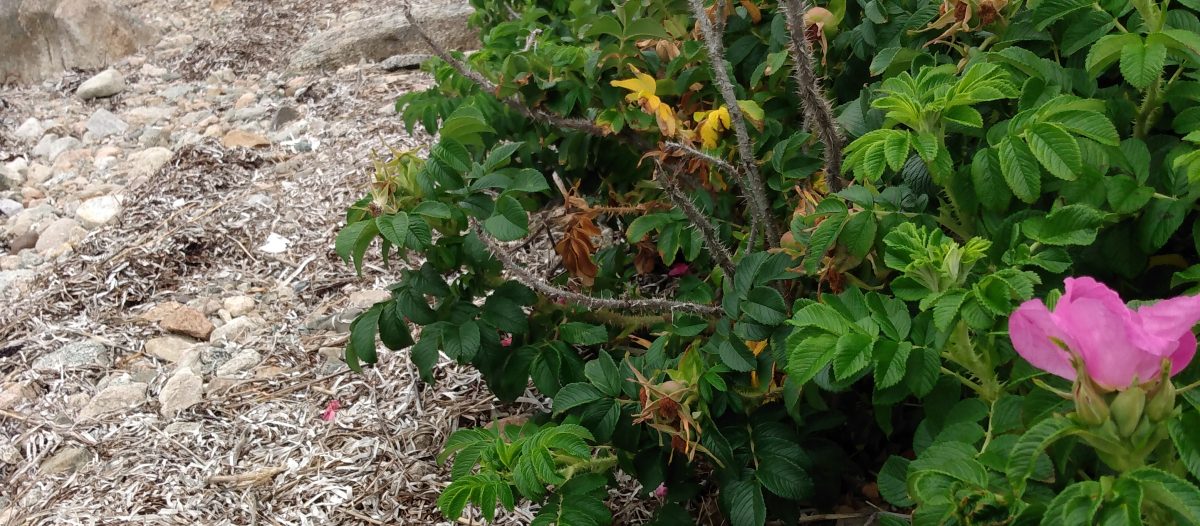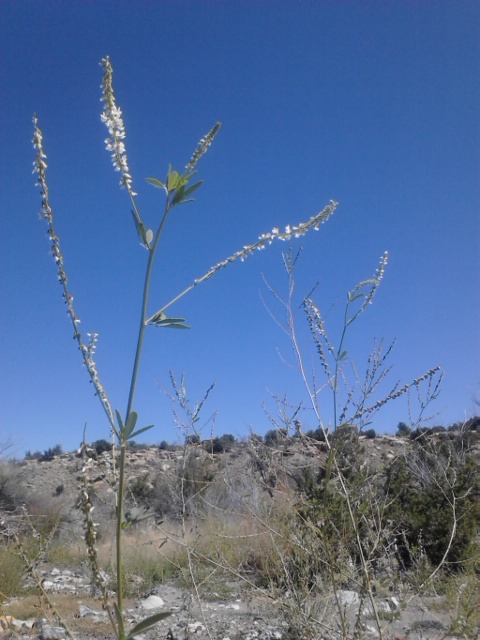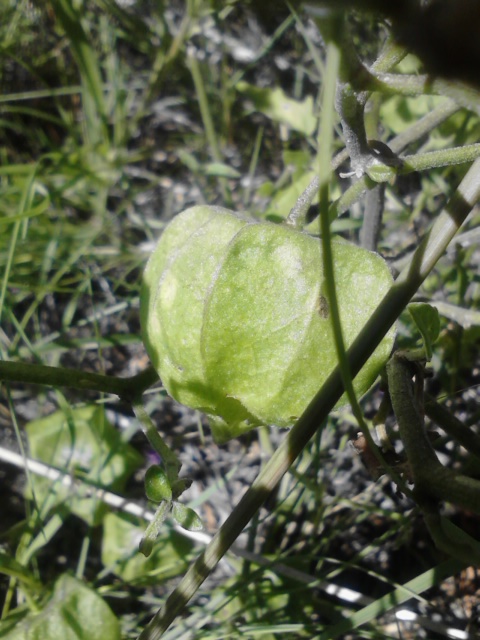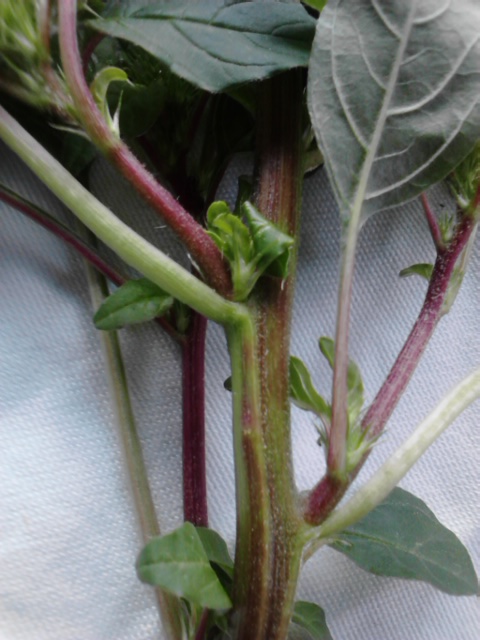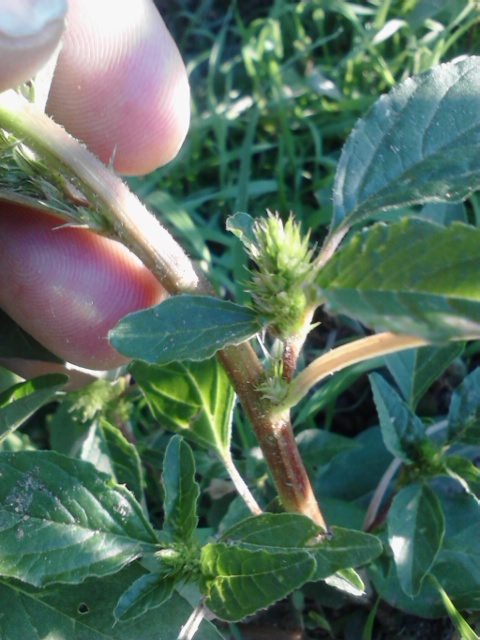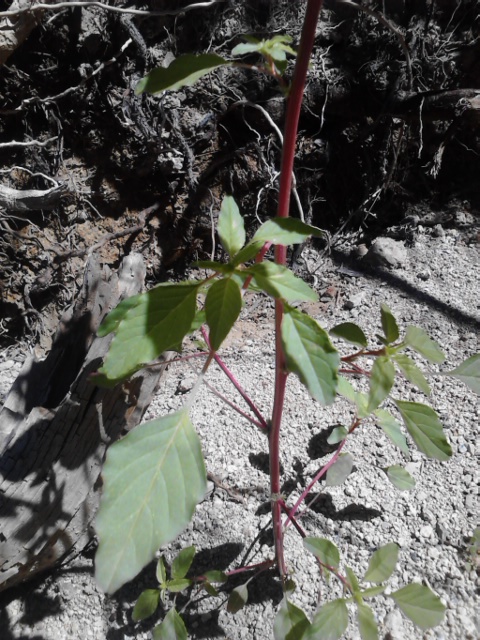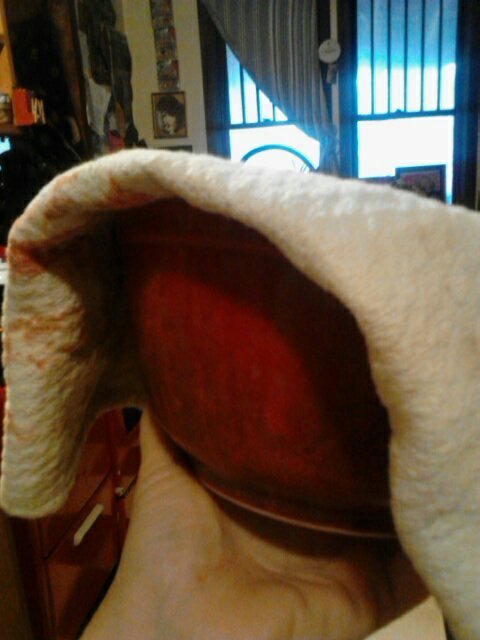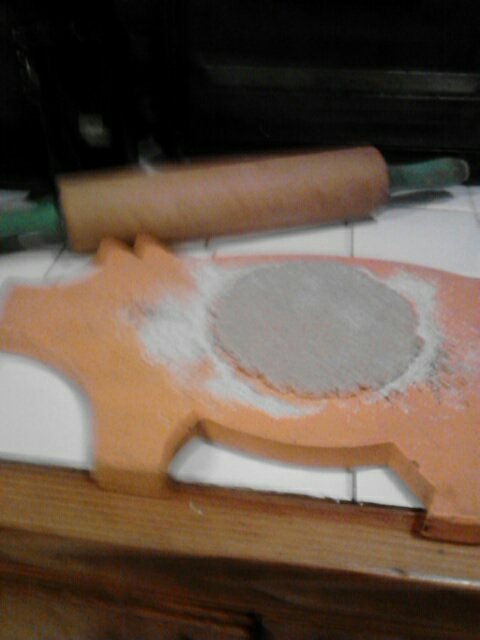Purple Aster
Dieteria bigelovii
Mullein
Verbascum thapsus
Grindelia
Grindelia aphanactis
Grindelia
The Simpler’s method using these 3 wildcrafted herbs and 40% brandy are what I am starting with in my tincture making exploratorium!
I am very excited about this as I can see and feel that this will be lifelong endeavor of herbal tincture making! 🙂
I am going to try the Simpler’s method with 80 proof Brandy! (40% alcohol)
The above link by Annie’s Remedy describes Herbal Extracts in good detail. I have summed up here:
Herbal tinctures are herbs- whose healing, vital properties are extracted using either: alcohol, glycerin or vinegar.
These agents act as a solvent and this solvent is called a Menstruum.
Alcohol is often used because it can result in a more potent tincture.
Alcohol acts as a solvent for many herbal compounds. And can more readily extract resins, waxes, fats, volatile oils, and other healing and assistive plant compounds, etc.
Water would then be necessary to extract water soluble components of the herbs. (for ex, I think herbal infusions such as teas, here…)
Since 80 proof (40% spirits) also contains water, I do not have to add water to my Menstruum.
Of course, there is also debate, tradition and research about how much alcohol proof will work optimally, according to each herb.
With this specific remedy, I know I will come up with a safe healing tincture so will be flexible in observing and feeling its healing effects. And therefore my dosage with it. My feelings are to start with least dosage first and go from there.
Also, for adults or children, where taking an alcohol tincture is unwanted due to the alcohol… some people opt for glycerin or vinegar tinctures. (Not white vinegar!)
My herb teacher said that it is a myth that alcohol dispels in hot water. So, I am going with that and would offer a glycerine or vinegar tincture instead.
Also, many teas are very effective medicines as many plant constituents are water soluble.
So, an herbal tea, syrup, medicated ghee, or herbal paste mixed with honey would be of benefit in some cases. Other methods abound! There are many herbal methods of preparation and therapeutic value for each or a combination of methods.
safety guide on which herbs to use!
Also tinctures have certain properties and the alcohol produces certain effects by itself. Tinctures are not a good health strategy for all conditions. Please see this next site, it is useful!
And, this is something I want to put more into my herbalism methods. Harvest and make preparations according to the phases of the moon!
It is suggested to make your tincture on the new moon and strain it on the full moon. The moon exerts physical properties on the liquid and the herbs and this method makes for a stronger tincture!
New Moon
Image source: livingshamanically.com
When using Everclear or 190 proof grain alcohol, it is necessary to add distilled water because it can burn the herbs. See site links above and below.
everclear and % alcohol in tinctures
Huge Mullein leaves from a gorgeous plant!
Ideally it is suggested to pick mullein from the first year growth’s basal leaves in spring.
Autumn basal leaves. A bit less vibrant.
I harvested the large, 2nd year growth leaves in autumn where the energy of the plant also went up the stalk to the flowers. (And roots) But there are still medicinal qualities in these leaves.
Second year Mullein plants
And, it is bi-annual so will die soon. I gratefully harvested a few leaves from this majestic plant.
I may go back and harvest some seeds and flowers from the stalk. Make a therapeutic oil infusion. The flowers gently warmed in oil. Some people also add garlic. (Heat the mullein and oil…Not too hot as to kill the beneficial properties…) Mullein infused oil is a traditional herbal remedy for earaches. Many mothers depend on this remedy for their children!
Do Not Use Remedy on a perforated eardrum! or with any doubt!
mullein & garlic ear oil remedy
* Also my Herb teacher, who also is trained in Ayurveda, mentioned that if you treat one ear, even if the other ear doesn’t hurt… treat both ears. In this case, using mullein oil, start by slowly massaging oil on the outside rim of the ear, then massage the whole, front part of the ear itself working your way eventually to the ear canal.
Then add a drop or two into the ear canal.
Then another drop when the oil goes in fully.
Do both ears the same way. For application, warm the oil, only slightly. The ear canal is very sensitive and the person being treated is already in pain, so just warm the oil a tiny bit to take off the cool/cold edge it might have. It also will help it to apply better when slightly warm. Not hot.
But please, seek precise herbal and/or ayurvedic advice on this as I have not tried it myself…yet! And seek a physician if need be!
Also, see mullein & garlic remedy above.
Mullein flowers
And here is the outer human ear and its Reflexology points just for fun.
…………………………………………………………………………………………………………………….
Also delightful aster is going into this remedy!
All 3 of these herbs have beneficial effects for respiratory conditions. I am making it to assist healing of colds and coughs.
…………………………………………………………………………………………………………………….
Reknowned herbalist Michael Moore put together an online manual. Not to be sold but happily shared.
It is a comprehensive guide on making
herbal tinctures. Including dosages for children, % alcohol needed for effective tincture, etc. Also, one of the reasons I chose to do the Simpler’s method… (see links in post) is that I do not yet, own a scale for weighing herbs. But, soon I will happily have some more useful tools… On my wishlist!
In the online manual, herbal formulae contain ratios.
For example:
1:5 70% alcohol.
Sometimes the word alcohol is omitted and just the percentage is listed in the ratio.
Such as: 1:5 70%
These numbers are just examples. The percentage equals the percentage of alcohol content in the menstruum. For example, I used 40% Brandy. For higher percentages of alcohol content a combination of distilled water and Everclear will equal, in this case, 70%. Other spirits such as Vodka can be 70% alcohol, etc.
More about herb:menstruum % ratios:
So for 1:5 ratio above, take 1 part weight of *herb (such as 1 ounce weight of herb) to 5 parts (or 5 ounces measured volume of the liquid menstruum) Make sure the alcohol is proper percentage so that the dosage given corresponds with healing intent of the herbal formula. Negative Side effects could occur if dosage too strong or weak.
(*herb matter in tinctures is called marc)
The Ratio is: the marc by weight (use scale) in ratio to ounces by liquid volume (use measuring cup) of specific percentage menstruum.
Herbs vary considerably by weight. Something light and fluffy would take up a lot more space per equal weight of a dense root, for example.
Follow the proven, effective ratio regardless of density of herb. Not to say there isn’t inventiveness in coming up with herbal blends and formula. Although some formula are well proven, is all.
Ounces of liquid for volume are, of course, much different than ounces by weight for plant matter.
At first, I was mistaken and thought you could measure an ounce of plant material in a measuring cup! But, of course that doesn’t make sense. What if I chopped my herb too fine or not at all. The volume would be different. Oy! So, weigh your marc, plant material, on a scale!
Chemistry class…you are coming back to me.
Mr. Emerson you were hilarious, as almost were my grades… but, with tinctures I am getting there!
…………………………………………………………………………………………………………………..
The online source for the manual.
Herbal Tinctures in Clinical Practice. by Michael Moore.1996.
And remember, if you want to you can always try the Simpler’s method!
………………………………………………………………………………………………………..
Now to the tincture making. My first one!
Remember those beautiful, majestic Mullein leaves? In just two days they shrank considerably. They were soft and not totally crispy. Many people suggest using fresh herbs, not dried but all the herbs I used were not, for instance, sitting on a shelf somewhere for a year or more. So I feel confident of their healing properties being intact!
Wildcrafting… I am so grateful!
Next I chopped and added the dried grindelia I had stored out of sunlight, in a cool place. Just a few weeks from my harvest of it.
Then I chopped and added the daisy aster. It can go to seed and become mere seed puffs in just one day of picking but only one blossom seed puffed in two days. It had a delightful resin-y healing smell as did the grindelia.
It is good to chop/cut the herbs as this exposes more healing properties to the Menstruum.
The hints of purple in the jar is the aster!
I am calling this my MEGA Tincture… for Mullein Grindelia and Aster! So good for respiratory ailments, tickly throat, nagging coughs and bronchial issues. I have had a nagging cough since April. And, perhaps, not so ironically as I research, think and write about all this, I have had a cold. Luckily, I saved some of my grindelia, that I dried to make a healing respiratory tea!
The Grindelia that I then dried!
So pack the herbs in the jar. Don’t smoosh them down too much as you want the alcohol to get in and around all the herbs… but do fill and pack the jar.
Add the alcohol slowly.
And press down herbs again to submerge them in the alcohol. Leave an inch of alcohol over the herbs if you can. Make sure no air has contact with the herbs. Weigh down herbs with a sterilized rock if need be. Fill jar to the very top with alcohol.
The herbs may swell when they absorb the liquid. Especially when using fresh material. Just check your tincture and add more alcohol if this happens. You always want the herbs completely covered by the alcohol.
Cover tightly and shake. Check for leaks when you hold it upside down and tighten down the hatches! Flip bottle over every other day so the herbs all get equally covered by the Menstruum. <—I like this word. 🙂
Shake it every day and get it constituted that way.
Most herbal tinctures take 4-6 weeks to set. Check it and see what you think and I will keep you posted too!
Here is my MEGA tincture.
When you make it, Congratulations!
Tightly cover it and give it a shake!
The next morning the colors are vivid!
And even 2 days later, it had a wonderful medicinal smell that smelled different than the brandy… = happy… medicinal effects are on its way.
Go tincture!
………………………………………………………………………………………………………
Next step for your Herbal Apothecary!
Make a Label.
1. Put the date on it
2. The herbs and their Latin Binomials
3. What the Menstruum used is, in this case Brandy
4. What ailments the remedy is for.
(i.e. Respiratory, bronchial issues, nagging cough and wheezing cough in this case.)
5. Date tincture will be done!
Happy health and healing to You! And best wishes on your tincture making adventures and apothecary herbal medicines!
Then when the time is up and your tincture is ready… get a funnel and some cheesecloth. Line the funnel or colander and strain out all the herbal goodness! Squeeze and wring out all the tincture from the herb.
Some people even use a press, such as an apple press.
It is recommended to store in a dark bottle such as an amber brown colored one. My herb teacher recommends to cap off your bottle.
Do not leave the rubber sealed dropper in your tincture as the alcohol will corrode the rubber of the dropper and then this corrosion is in your tincture! Also, make sure your dropper is made of glass as a plastic dropper will corrode your tincture too!
And, don’t forget to cap off between use! 🙂
Also be sure to strain this tincture as mullein has irritating fibers! As possibly does the aster. Strain it in any case!
Mullein basal leaves in Autumn
Grindelia with locust seed pod draped by nature!
and Aster with seed puffs!
Beautiful fall in the New Mexico Mountains
Stay tuned for my next post on How to make a healing liniment!
Calendula Grindelia Liniment!
So good for poison ivy, contact dermatitis and skin irritations!
